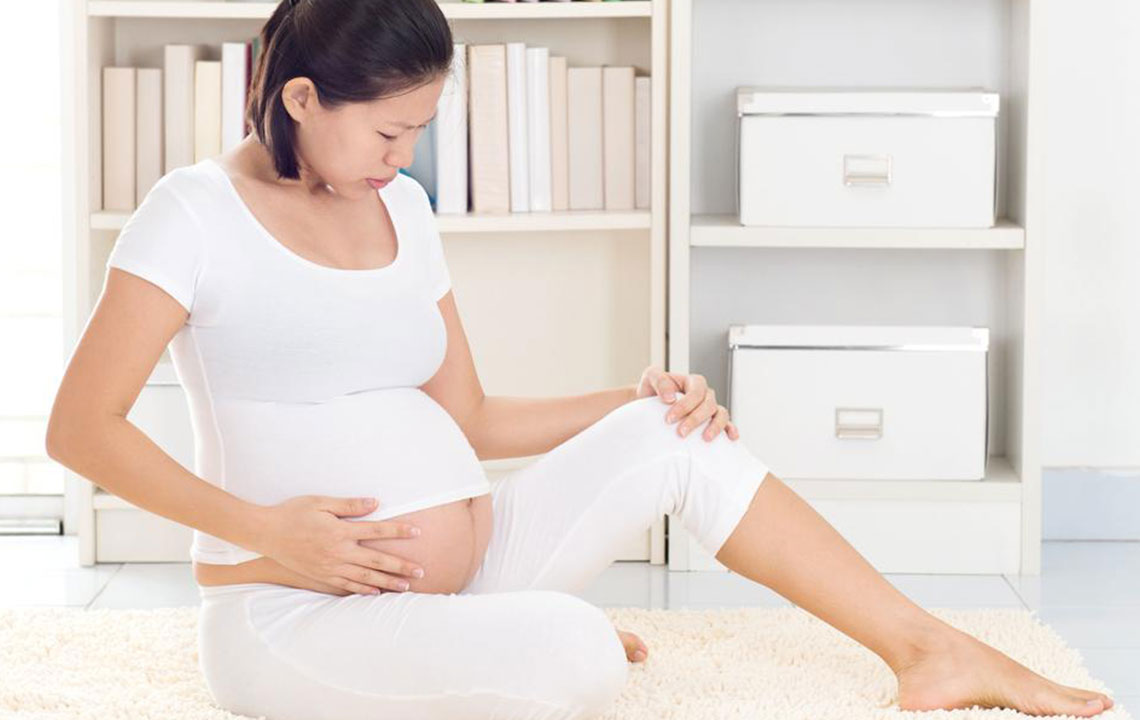How to deal with swollen ankles and feet during pregnancy
Edema is a common problem that many women face during their pregnancy. This leads to swelling in various parts of the body, most notably the legs. It is common to hear of complaints regarding swollen feet and ankles during one’s pregnancy. This usually happens due to the influx of fluids that help in nurturing the baby and the expecting mother. While this is an inevitable problem that one faces at such a time, there are many ways in which one can manage the issue to carry out effective swollen ankles treatment. Here are a few ways in which one can handle swollen legs and ankles during pregnancy.

Avoid sitting or standing for long periods : One should take good care of this point. While some amount of rest is good, swollen ankles treatment can happen only when there is better blood circulation in the area. So in case you are suffering from swollen feet and ankles during your pregnancy, you should get up and take short walks around the home. Also, make sure that you do not stand for too long as this can lead to swollen legs and ankles as well.
Remain well hydrated : One of the best-swollen ankles treatment methods is to drink plenty of water to keep the body fluids in balance.
Avoid tight clothing : Any clothing which has too much of elastic should be avoided because this can stop the blood circulation to cause swollen feet and ankles. So try and wear loose and flowing clothing which will allow you and your bump to breathe.
Limit the salt : One of the best-swollen ankles treatment methods is to limit your salt intake. Too much of salt can add to the fluid retention in your body which can cause swollen feet and ankles, in return.
When you are suffering from swollen legs and ankles, you should also remember to stretch your feet and toes often even while you are sitting. This will ensure that the blood flows into the area and reduces the collection or retention of unnecessary fluids.

